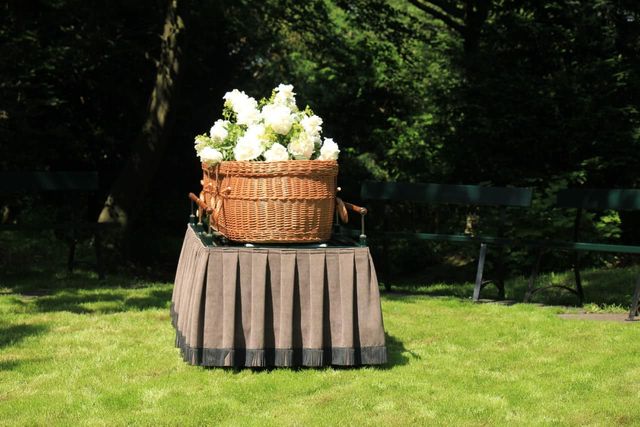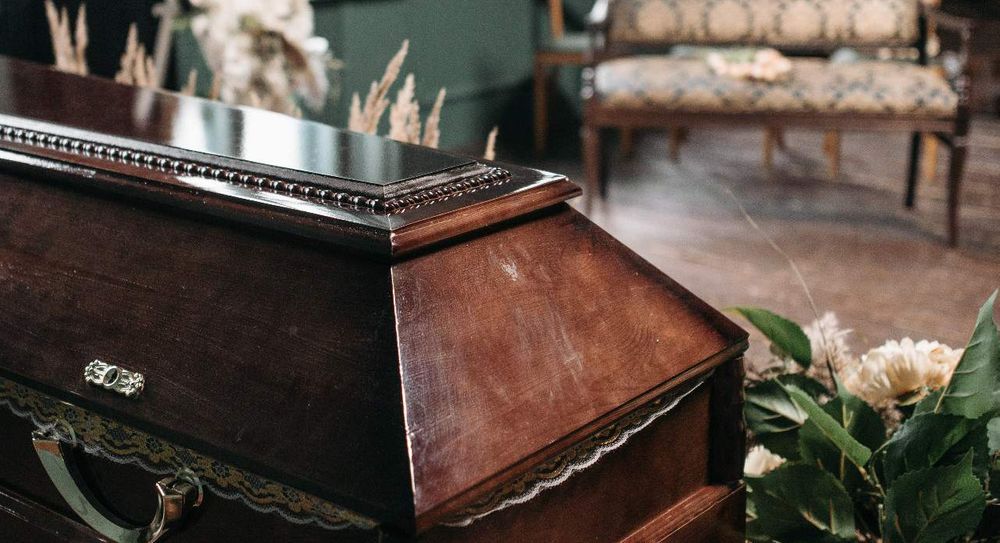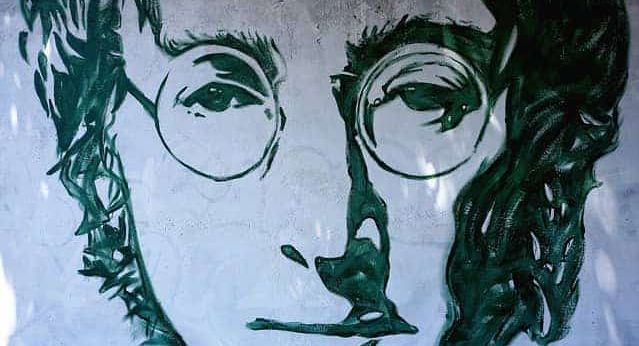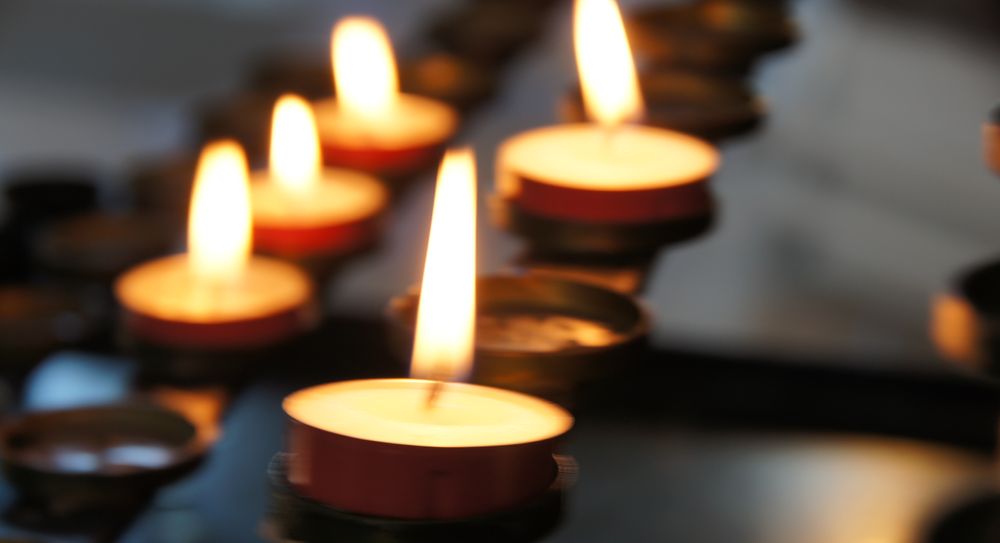Most of us don’t talk about catafalques on a daily basis. In fact, few of us will ever really see a catafalque in real life. But if you’re reading about famous funerals, or have watched a state funeral on the TV, you might’ve heard the word and be wondering what it is.
Here you can find everything you need to know, from how to pronounce catafalque to how they’re different from more standard funeral biers.
What is a catafalque?
A catafalque (pronounced “ka-tuh-falk”) is a raised platform or structure that holds the coffin, casket, or body of a person who’s died. You might’ve heard people calling platforms for coffins a funeral “bier” or “plinth”. Usually, biers and plinths are used at regular funerals and are practical and functional. Catafalques serve the same purpose but are elaborately decorated and usually used at state funerals and funerals for people of national importance (like political figures and religious leaders).
What does a catafalque look like?
A traditional catafalque is usually a wooden platform covered in a “pall” - this is material that’s draped over the structure. It can be decorated with religious symbols or left plain depending on the cultural or religious traditions of the person who died.
Modern catafalques or funeral biers are more commonly made from aluminium and are on wheels. This is so that funeral directors and their staff can easily transport the coffin to the funeral venue for example. But they can sometime be permanent structures too.
See the picture of the catafalque above to get a better idea of what they can look like.
What is a catafalque used for?
People often associate lavishly-decorated catafalques with state funerals and important public figures who’ve died such as Queen Elizabeth II. But catafalques are used in other ways too.
If you choose to visit the person who’s died in the chapel of rest at a funeral home, their coffin will usually sit on top of a catafalque. This brings them to a level where you can see them properly.
Most venues that hold funeral services have a permanent catafalque or funeral bier too. This will usually be at the front of the venue with all seats facing towards it. Traditionally, pallbearers will carry the coffin from the hearse to the catafalque. The coffin will then sit on the catafalque for the duration of the service.
In the Catholic faith a catafalque is used to hold the coffin as part of the funeral mass. But it can also be used at anniversary masses too. It’s placed on the altar to symbolise the person who’s passed away. And it’s usually covered with a black pall and surrounded by six candles.
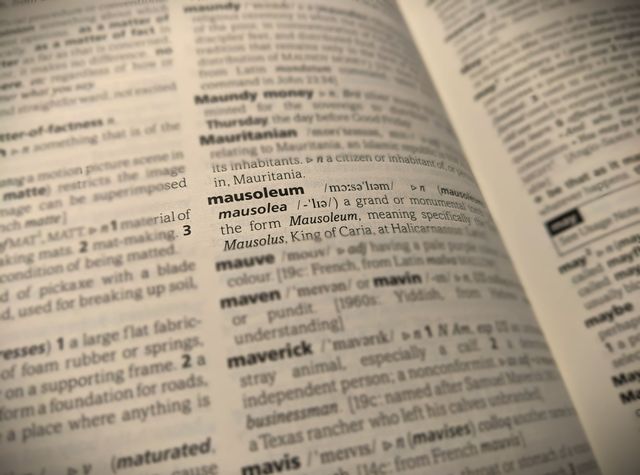
Where does the word catafalque come from?
The word catafalque has been traced back as far as 1641. If you’re wondering about its etymology, it comes from the Latin “catafalicum”, which means “scaffold” or “elevation”.
You can find a list of other terms you might come across making funeral arrangements in our funeral glossary.
What is a catafalque party?
A catafalque party is when people from the military stand guard around the catafalque of an important person who’s died. When Queen Elizabeth II passed away in 2022 her coffin lay in state on a catafalque and members of the UK armed forces stood guard during a 24-hour vigil. A catafalque party sometimes also stands guard over a memorial to commemorate those who’ve passed away.
Famous catafalques
Voltaire, a famous French writer, was buried miles away from Paris due to his political views. But years after his burial he was moved to Paris to honour his achievements. His catafalque was an elaborately decorated structure with large wheels and three tiers. And it had the following quote inscribed on it: “Poet, philosopher, historian, he made a great step forward in the human spirit. He prepared us to become free.”
Abraham Lincoln’s catafalque was quickly made after he was assassinated in 1865. It’s a simple structure covered in a black pall. But it’s still used for the funerals of other important members of state in the US Capitol building.
Queen Elizabeth II lay in state in Westminster Hall from 14th to 19th September 2022. During this time hundreds of thousands of people visited her coffin placed on a catafalque to pay their respects.
Photo from iStock.

